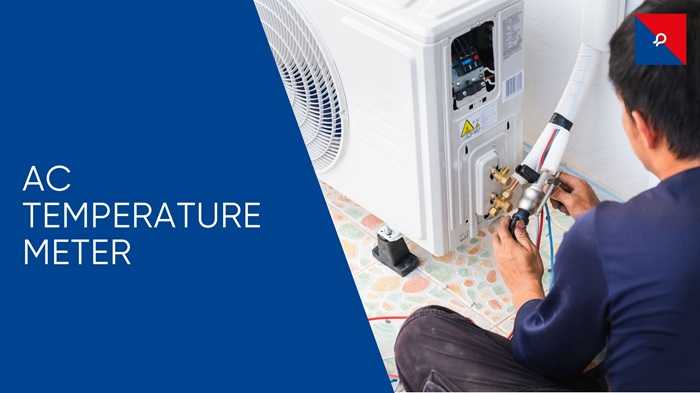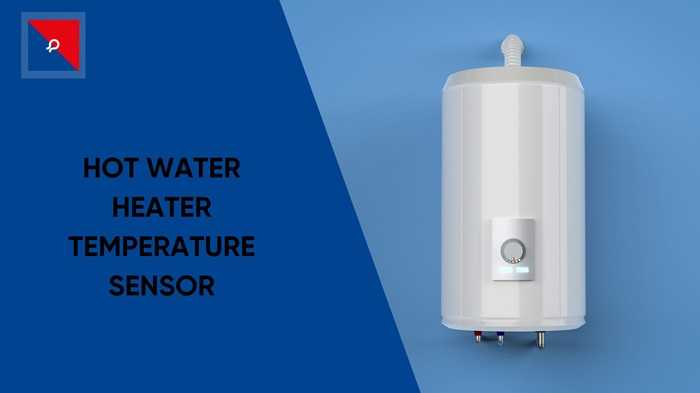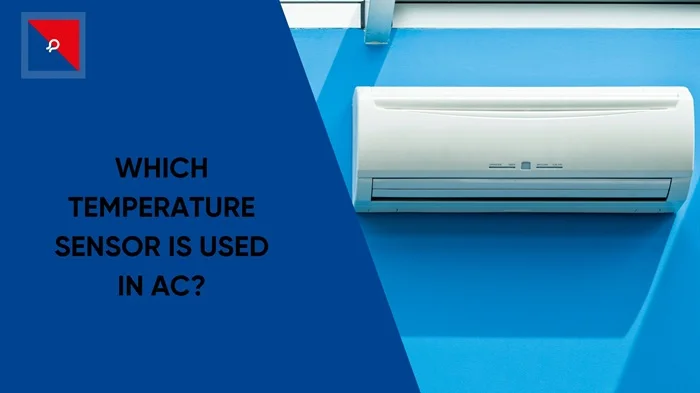
Well, summer's onset spells friendship with an AC; in fact, it's our best friend! Now, barring comfort, you must have thought, is it cooling the room or undergoing an intense marathon of energy expenditure while hardly cooling the place? This is when the mighty temperature meter steps in.
This nice little gadget deserves much more affection than it gets. It is an uncelebrated soldier in the army of coolness. An AC temperature meter checks not only how cool it is in AC land but also efficiency, troubleshooting, and maybe a few bucks saved. Cool, huh?
What Exactly Is an AC Temperature Meter?
A temperature meter for AC is a nifty and compact gadget that measures your air conditioner's output temperature. It can be either digital or analogue and ensures that your air conditioner is working well. A health check for your cooling system.
Oh yes! It is not only the technicians who can use it; even people like you and me can use a temperature meter for their air conditioners to measure how well things are working, thus keeping one cool, both literally and figuratively.
Why You Should Use an AC Temperature Checking Meter
Still wondering if you need one? Here’s why you’ll fall in love with this gadget:
Catch Problems Early
When the air conditioning system continues to run yet the room feels like it has been converted into a sauna, and the meter now reads an output temperature that is higher than normal, then take this as a sign that you will be inviting the technician to your house before it gives out and leaves you stranded in a heat wave scenario.
Save on Energy Bills
When air conditioners are overworked, they drain so much money from your pockets. Keeping a check on the cooling temperature ensures that the unit is not working any harder than necessary. This saves energy, and more importantly-makes you save on costs.
Boost Comfort
Stop guessing! Guessing can stop today! Is it cold? Is it hot? Install an AC temperature gauge and then set it at just the right level. From day one, you're cool.
Improve AC Lifespan
Checking regularly ensures your Air Conditioning is not underperforming or overperforming; hence used badly and stressed. This is its day at the spa.
DIY Troubleshooting
Noticed how the air isn't cooling as it used to? Use the A/c Temperature Checker to check if the problem is at the output temperature. Saves you time and effort in probably an awkward conversation when calling in a repair guy.
Types of Temperature Meters for AC
If you've become convinced about the whole topic (and you should be!), here's a quick summary on the types:
- Digital Thermometers: These are easy to read, accurate, with various bonus features such as humidity tracking. They're the cool meter kids on the block.
- Infrared (Laser) Thermometers: Just point and click, and you now know the temperature. This is super handy if you're checking a few different vents around the room. Totally sci-fi cool.
- Analogue Dial Meters: Old school but reliable. Usually, these are cheaper and more accurate, but some squinting could be involved.
Where to Place It?
No, it doesn't go in the fridge. Place the temperature meter for the AC right at the output vent to see how cold the air coming out is. You can even check the return air temperature-the warm air that's being sucked in. The difference between the two readings will assist in diagnosing the efficiency of the system.
Pro tip: Ideally, the return air and output air should have a difference of 16°F-22°F in a properly working AC. If the temperature difference is lower than that, it's time to take a look.
Common Mistakes to Avoid
- Avoided burying the measuring meter from the vent too much.
- This measurement should be made after approximately 15-20 minutes of operating the air conditioning.
- It's just the air conditioning acting a bit cranky; fluctuations in temperature don't mean your unit is broken.
JR Sensors: Smart, Compact Solutions for Accurate Environmental Monitoring
JR Sensors are compact and multidimensional devices that monitor environmental parameters such as temperature. They are often used in residential and industrial systems to automate, ensure safety, and improve efficiency-based functions. Smart devices or HVAC systems use JR sensors for the control of their operation in response to real-time data. Even though very small, these sensors are highly accurate and rugged, thus suitable for long-term monitoring. Whether in energy management at home or environmental monitoring in a factory, JR sensors can provide valid data for informed decision-making and optimal performance.
Final Thoughts: Stay Chill, Stay Smart
An AC temperature meter is a no-brainer if you want to know just how hard (or smart) your AC is working. Any homeowner, tenant, or self-declared AC whisperer can use this tool to avert some sweaty regrets and hefty energy bills. So next time you feel like second-guessing the life decisions of that AC, reach for an AC temperature meter to get the truth- nobody's guessing, no sweating.


